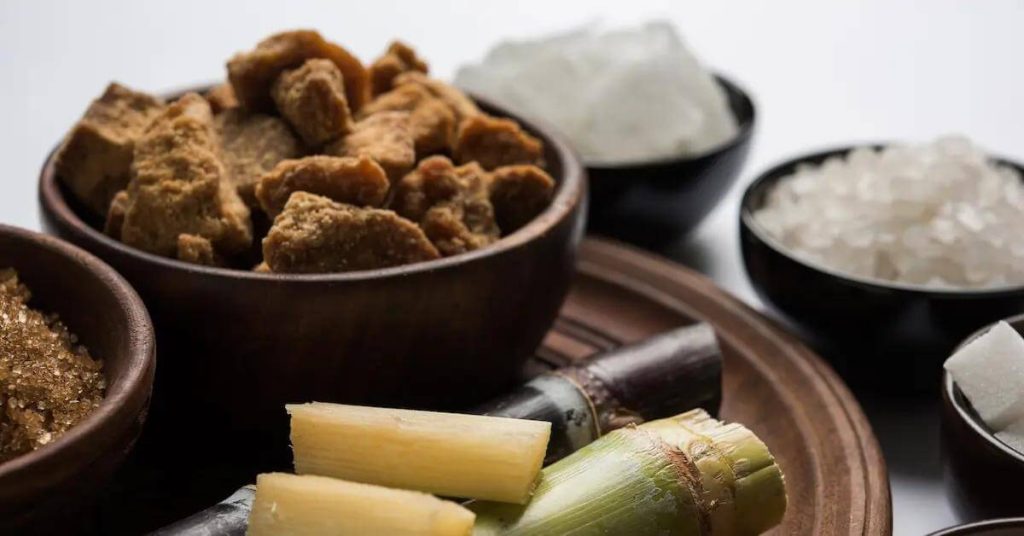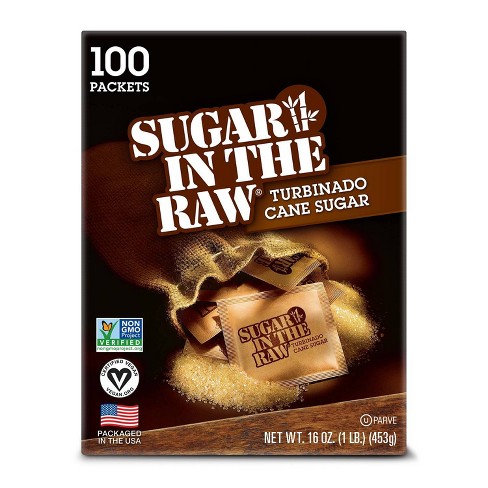An In-Depth Guide to the Environmental Influence and Sustainability Practices in Walking Cane Sugar Handling
The environmental impact of walking cane sugar handling provides a complex range of challenges that warrant careful examination. From dirt degradation and excessive water use to the carbon impact connected with cultivation and manufacturing, the consequences of traditional practices are far-ranging. What particular practices can be applied to strike an equilibrium between performance and environmental stewardship?
Overview of Walking Cane Sugar Handling
Walking stick sugar handling includes a series of organized steps that change sugarcane right into polished sugar. Originally, harvested sugarcane is transferred to refining facilities, where it goes through cleaning up to eliminate soil and particles. Following this, the cane is squashed to remove juice, which is after that made clear by eliminating contaminations via home heating and the enhancement of lime.
The cleared up juice undergoes dissipation, where water is removed to focus the sugar content. This focused syrup is then crystallized via cooling, permitting sugar crystals to form. These crystals are separated from the continuing to be syrup using centrifugation, leading to raw sugar. To accomplish polished sugar, the raw product goes through additional filtration procedures, which may include filtering system and cleaning to eliminate remaining pollutants and shade.
The end product is then dried out and packaged for circulation. Throughout this whole procedure, maintaining performance and quality assurance is important to guarantee the sugar satisfies sector criteria. Each step in cane sugar processing not only contributes to the end product yet also has implications for resource use and waste generation, establishing the phase for conversations on sustainability and ecological influences related to sugar production.
Environmental Difficulties of Manufacturing
The manufacturing of walking cane sugar offers a number of substantial environmental challenges that warrant attention. One primary issue is the considerable use agrochemicals, including fertilizers and chemicals, which can bring about dirt destruction, biodiversity loss, and contamination of neighborhood water resources. The drainage from sugarcane areas often carries these chemicals into nearby communities, disrupting aquatic life and affecting the health of communities reliant on these water bodies.
Another challenge is the high energy consumption associated with sugarcane processing. The boiling and refining stages need considerable warmth, largely produced by shedding fossil fuels, adding to greenhouse gas exhausts. In addition, the expansive land location required for sugarcane cultivation can bring about logging and habitat devastation, more aggravating climate change and harmful wild animals.
Furthermore, the labor practices in some areas raise moral worries, as workers might deal with poor working conditions and poor wages. This circumstance commonly perpetuates a cycle of poverty in local neighborhoods. Cane Sugar Processing. Addressing these environmental obstacles is important for creating much more lasting practices in walking stick sugar manufacturing, ultimately benefiting both the atmosphere and the areas included in this market
Water and Land Usage Impact
Water resources and land application are crucial elements in the walking cane sugar industry that considerably influence the setting. The cultivation of sugarcane requires considerable water input, with price quotes recommending that it can consume up to 2,000 liters of water per kg of sugar generated. This extensive use water frequently causes deficiency of neighborhood water resources, affecting not only the sugarcane vineyards yet also surrounding ecosystems and communities that count on the very same water resources for agriculture and domestic use.

Furthermore, land usage for sugarcane growing can result in deforestation and the conversion of all-natural environments into monoculture haciendas. This method diminishes biodiversity, interrupts local ecosystems, and adds to dirt destruction. The development of sugarcane fields commonly trespasses on useful agricultural land, producing competitors for sources between food and biofuel production.
Lasting techniques, such as optimizing irrigation methods and carrying out plant rotation, are vital to minimize these impacts. By adopting much more reliable water use and land management methods, the walking cane sugar sector can reduce its environmental impact, making certain a balance between agricultural efficiency and environmental conservation.
Greenhouse Gas Emissions
Greenhouse gas exhausts represent a considerable environmental problem within the walking cane sugar processing industry, especially as farming techniques increase to meet global demand. The growing of sugarcane, a plant explanation that prospers in exotic climates, depends greatly on artificial plant foods and chemicals, which add to nitrous oxide exhausts. Furthermore, land-use adjustments, including deforestation for new sugarcane plantations, release co2 saved in plant life and soil.
Throughout handling, energy consumption is another major resource of greenhouse gas emissions - Cane Sugar Processing. Numerous sugar mills utilize fossil gas to power equipment and produce heat, resulting in considerable carbon footprints. Additionally, the transportation of raw sugarcane and finished items includes layers of exhausts through fuel combustion in lorries
The collective impact of these exhausts exacerbates climate modification, positioning risks not only to the atmosphere but additionally to the long-lasting practicality of the sector. Stakeholders have to acknowledge the immediate need for extensive approaches that attend to these exhausts. This entails evaluating current farming methods, processing methods, and transportation systems to determine areas for improvement and mitigation. Attending to greenhouse gas discharges is necessary for cultivating an extra lasting cane sugar sector in an altering climate.

Sustainable Practices and Innovations
Lasting practices and technologies are significantly important in the cane sugar handling industry as stakeholders look for to decrease ecological effects while maintaining efficiency. One significant innovation is the application of integrated plant administration, which maximizes resource use by incorporating soil monitoring, bug control, and crop rotation techniques. This technique improves yield while decreasing chemical inputs and protecting soil wellness.
Additionally, the fostering of renewable resource resources, such as biomass from sugarcane residues, has actually gotten grip - Cane Sugar Processing. By converting waste items right into energy, processing centers can reduce their reliance on fossil fuels, consequently lowering greenhouse gas discharges
Water management methods have actually likewise seen renovations with the recycling and reusing of water in handling plants, dramatically decreasing freshwater intake. Innovations in innovation, such as accuracy farming, enable farmers to keep track of plant wellness and resource usage better, making sure lasting cultivation practices.
Additionally, accreditation programs like Fair Profession and Rainforest Partnership urge eco find more info responsible farming practices and promote social equity within the supply chain. By accepting these lasting methods and technologies, the walking cane sugar processing market can boost its strength and add favorably to ecological stewardship.
Final Thought
The ecological influence of walking cane sugar processing provides considerable difficulties, including soil degradation, high water intake, and greenhouse gas exhausts, along with moral problems connected to labor methods. Dealing with these problems through sustainable techniques, such as incorporated plant administration, renewable power fostering, and water recycling, is crucial. By advertising socially fair and environmentally responsible approaches in sugar manufacturing, the market can mitigate its adverse results, making certain a much more sustainable future for both neighborhoods and communities associated with this field.
Walking stick sugar processing entails a series of systematic actions that transform sugarcane into polished sugar. Each step in walking stick sugar processing not just contributes to the last item but additionally has ramifications for source usage and waste generation, setting the stage for discussions on sustainability and ecological impacts linked with sugar production.
Greenhouse gas exhausts represent a substantial environmental problem within the walking stick sugar handling industry, especially as agricultural practices increase to meet worldwide need.Sustainable methods and technologies are progressively essential why not look here in the cane sugar handling sector as stakeholders seek to decrease ecological impacts while preserving efficiency.The ecological impact of walking stick sugar handling offers significant obstacles, consisting of soil deterioration, high water usage, and greenhouse gas exhausts, alongside ethical worries connected to labor techniques.
Comments on “Cane Sugar Processing Explained: What Happens Inside a Sugar Mill”